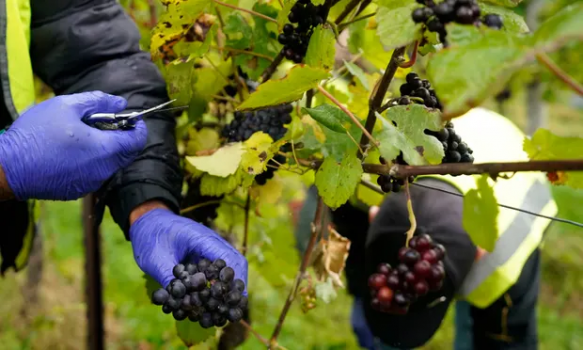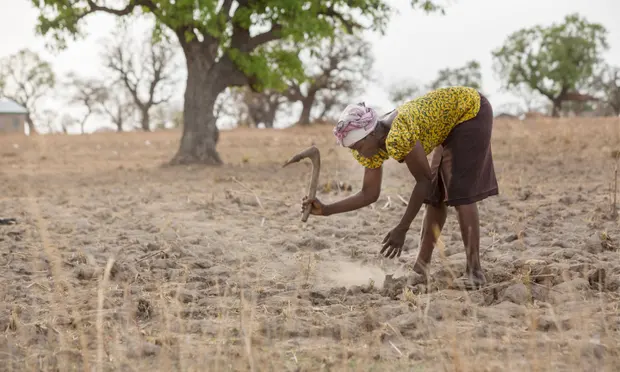
A pandemic is a pandemic, but to be left without wine and food?!
The Guardian reports:
Global wine production is expected to fall to one of the lowest levels on record after severe weather conditions damaged vineyards in Europe's main wine-growing regions. The weather has seriously affected production in Italy, Spain and France, which has led to "extremely low" production volumes, the International Wine Organization (OIV) said. At the same time, demand does not think to fall.
Based on information received from 28 countries, which accounted for 85% of global wine production in 2020, OIV predicts global production for 2022 at 250.3 million hectoliters.
This will mean that for the third year in a row, the volume of production is below average and will approach the 2017 level of 248 million hectoliters, which is the lowest in the last 60 years. (Note: One hectoliter is equivalent to 133 standard bottles).
According to the OIV, the drop in production in Italy, Spain and France, the world's largest wine producers, will outweigh the projected highest volume in the southern hemisphere. Vineyards in Western Europe have been hit by spring frosts, while French producers have also been hit by torrential rains, hail and mold.
Global consumption trends were encouraging: data for the first half of the year indicated a recovery, despite ongoing disruptions in the tourism sector associated with the coronavirus pandemic.
It is expected that global consumption will continue to grow, volumes already exceed the pre-pandemic level.
If last year the winemakers adapted relatively well to the Covid-19 crisis, now they are "faced with a much more serious problem than a pandemic: climate change."
Although there is no "vaccine" against climate change, there are long-term solutions that will require significant efforts in terms of sustainable methods of vineyard cultivation and wine production. Such adaptation is an urgent need for the industry.
It is predicted that production in the European Union will fall to 145 million hectoliters, which is 13% less than last year. According to the OIV, in the southern hemisphere, favorable weather should ensure a high level of production in the main producing countries, with the exception of New Zealand. Total production for the southern hemisphere is projected at a record 59 million hectoliters, which is 19% more than last year.
Production in the United States is projected to grow by 6% compared to last year to 24.1 million hectoliters, although it is expected that due to the summer drought in some regions, the volume will be below the average for five years.
All hope for the "new world"!
 As for food, a third of the world's food production is under threat from the climate crisis. There will be dramatic changes in precipitation and temperature in food-growing areas if global warming continues at the current pace.
As for food, a third of the world's food production is under threat from the climate crisis. There will be dramatic changes in precipitation and temperature in food-growing areas if global warming continues at the current pace.
A new study by scientists from Aalto University (Finland) suggests that by the end of the century, a third of global food production will be at risk if greenhouse gas emissions continue to grow at the current rate. In many of the most important regions of the world where food is grown, there will be an increase in temperature and a sharp change in the nature of precipitation.
The researchers estimate that about 95% of the current crop yield falls in areas that they define as a "safe climatic space" or conditions in which temperature, precipitation and aridity are within certain limits. According to an article published in the journal One Earth, if temperatures rise by 3.7°C or so by the end of the century, this safe zone will shrink dramatically, mainly affecting south and southeast Asia and the Sudano-Sahelian zone of Africa.
The study showed that by the end of this century, under a high-emission scenario, up to 1.5 million square miles (4 million square kilometers) of new deserts could appear worldwide. With a warming of 1.5-2 degrees, the forests of North America, Russia and Europe will shrink from the current 7 million square miles to about 6 million square miles by 2100. The researchers predict that in a scenario with even higher emissions, only 3 million square miles may remain.
Source - theguardian
